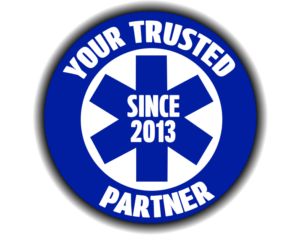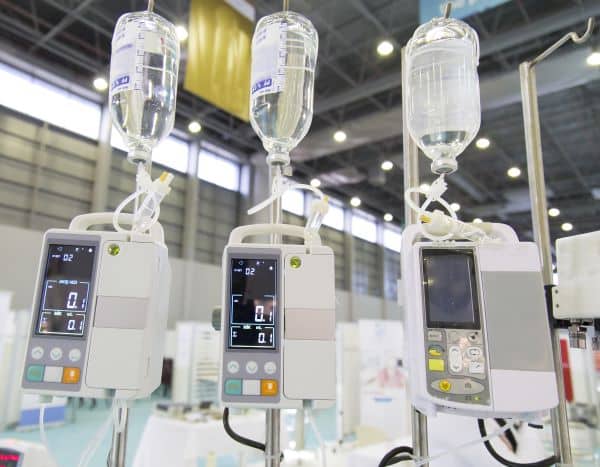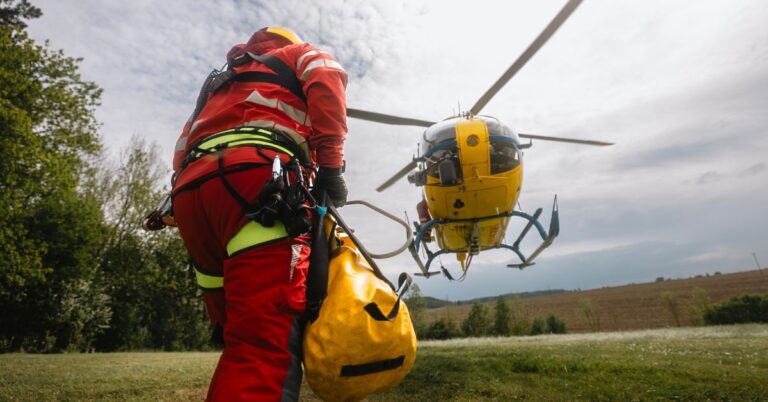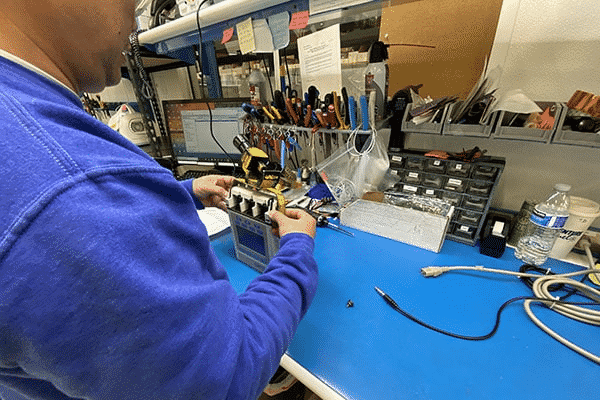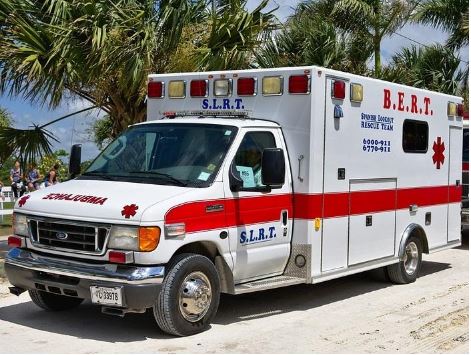
Ambulances and Interfacility Transfers
When most people hear the sound of an ambulance siren, they envision EMS equipment, flashing lights, and a major medical emergency. But in actuality, ambulances spend much of their time performing “interfacility transfers,” which can be just as important as emergency care, but less likely to catch your attention.
Interfacility transfers are used to transport patients from one facility to another. This can be transporting patients between hospitals, nursing homes, or other healthcare facilities. Transfers can be around town or to a facility out-of-state. In addition, interfacility transfers can take place in both emergency and non-emergency situations.
Why Might You Need an Interfacility Transfer?
Depending on your medical needs, you might need a specific type of ambulance. The two most common types of ambulances include:
- Basic Life Support Ambulance: This type of ambulance is for patients who require basic life support care, including monitoring by a licensed EMT. Their monitoring may include vital signs and/or oxygen and IV therapy. A basic life support ambulance will be fully equipped with state-of-the-art equipment, including an AED, blood pressure monitoring equipment, pulse oximetry, and oxygen delivery devices.
- Advanced Life Support Ambulance: This type of ambulance is for patients who require advanced life support, including monitoring by a licensed EMT-Paramedic. Their monitoring may include monitoring of vital signs, advanced drug therapy, cardiac monitoring, and oxygen and IV therapy. An advanced life support ambulance is equipped with state-of-the-art heart and blood pressure monitoring equipment, pulse oximetry, IV pumps, oxygen delivery devices including a CPAP and advanced medications that are used to treat a variety of illnesses and pain relief.
When interfacility transportation is necessary, an ambulance that is fully stocked with vital EMS equipment will ensure a safe trip to the new facility.

